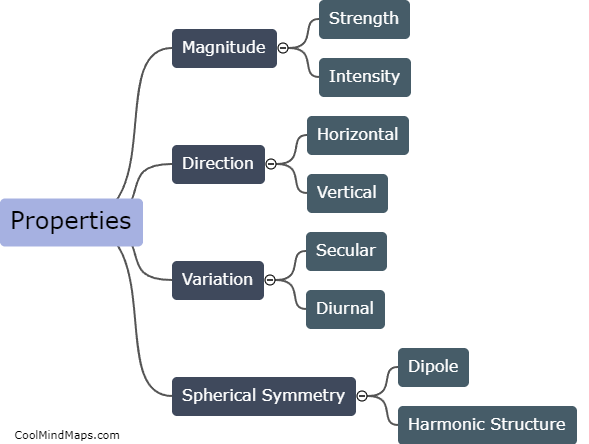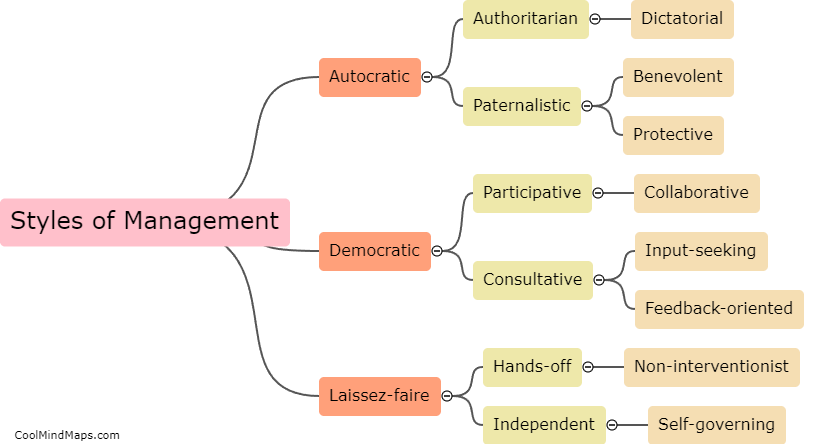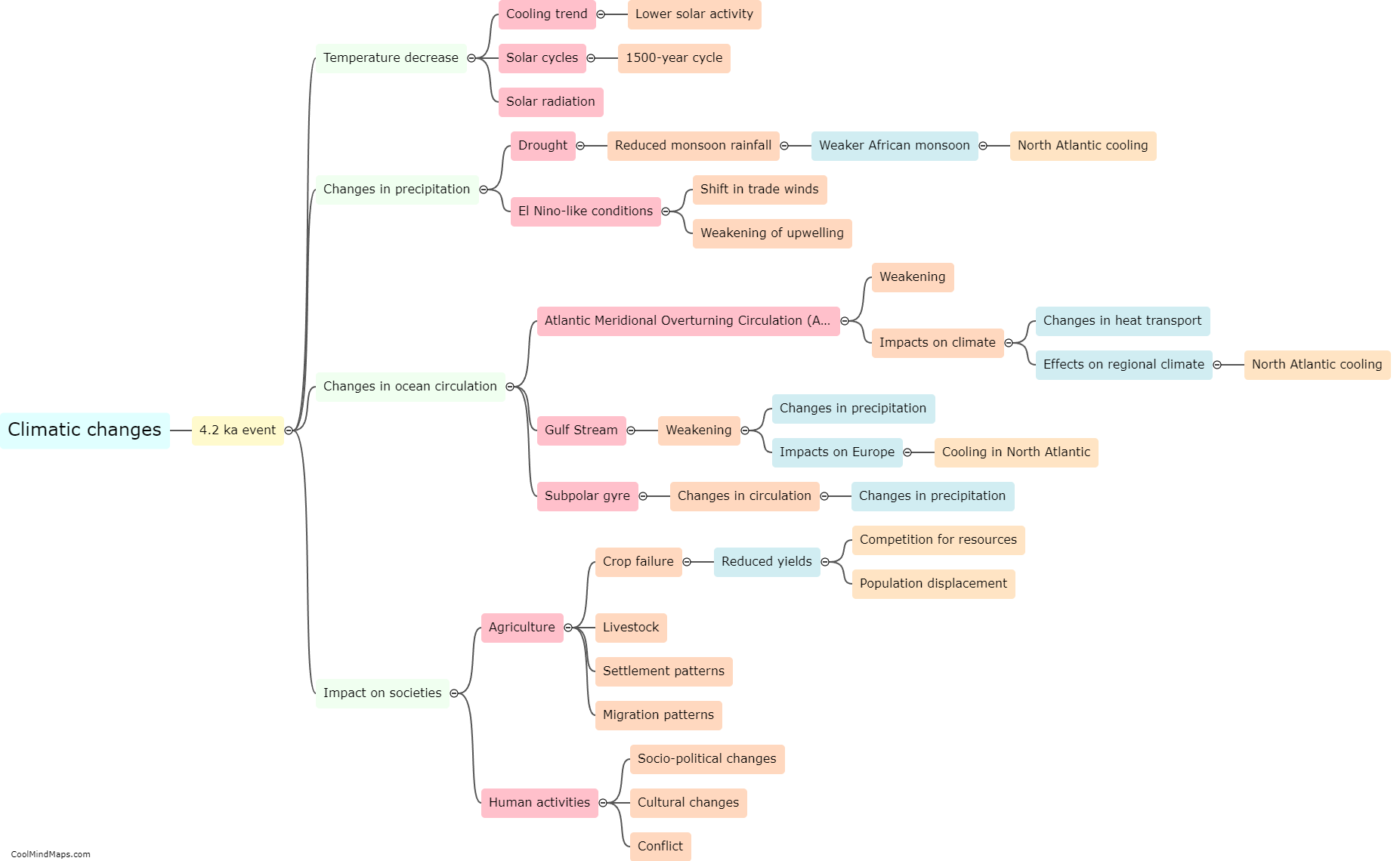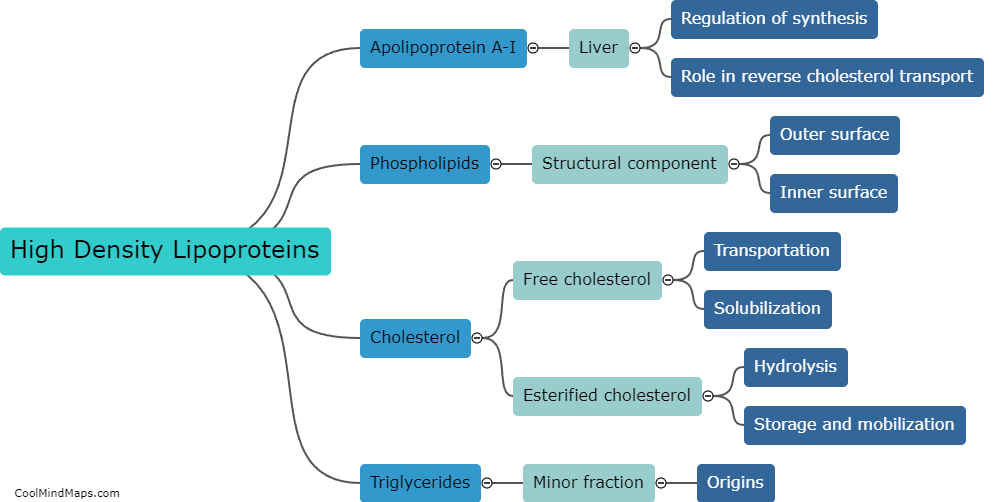How did the 4.2 ka event impact climate and environment?
The 4.2 ka event, also known as the "4.2 kiloyear event," refers to a significant period of climate change that occurred around 4200 years ago. This event resulted in notable shifts in climate and had a profound impact on the environment. The primary cause of the 4.2 ka event is believed to be a combination of several factors, including variations in solar activity, volcanic eruptions, and changes in ocean circulation patterns. These factors led to a decline in precipitation in certain regions, causing droughts and subsequent shifts in ecosystems. The event affected various parts of the world, with evidence of its impact found in regions such as North Africa, the Middle East, Europe, and parts of Asia. The decrease in rainfall and subsequent droughts resulted in reduced agricultural productivity, leading to socio-economic disruptions, population migrations, and even societal collapses in some regions. The 4.2 ka event serves as a reminder of how climate variations can have far-reaching consequences on human societies and the natural environment.
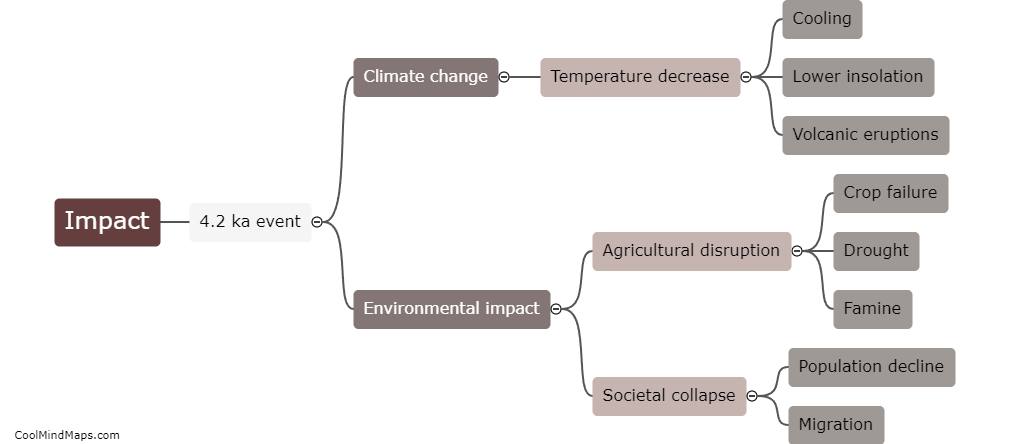
This mind map was published on 11 December 2023 and has been viewed 46 times.






